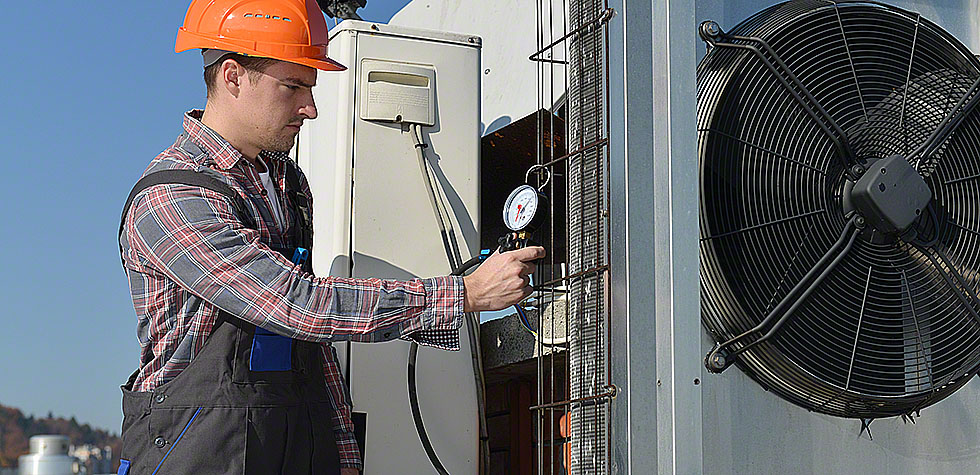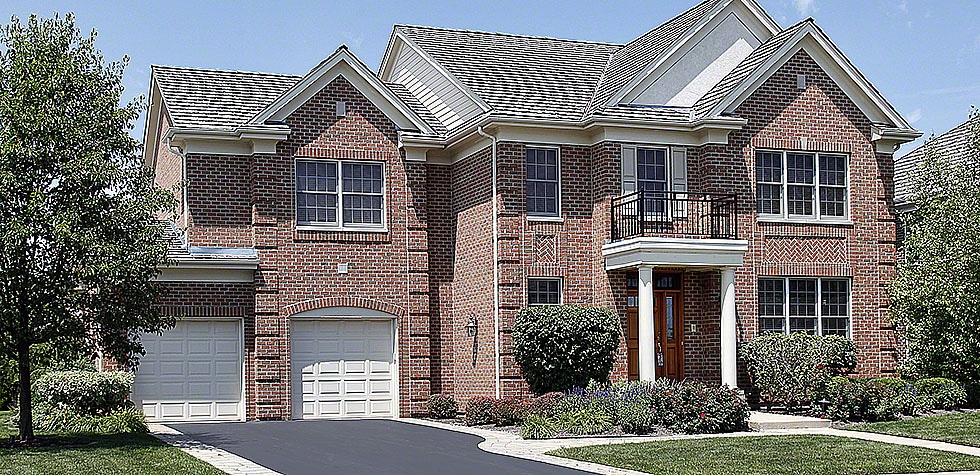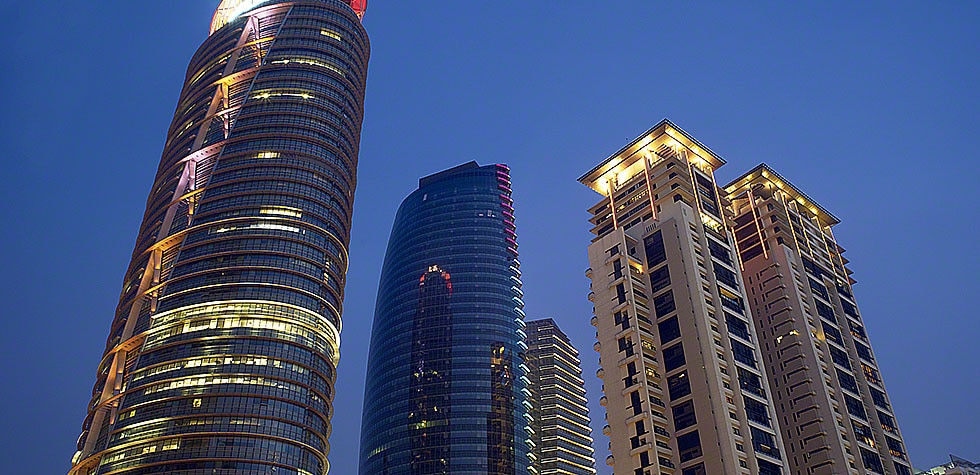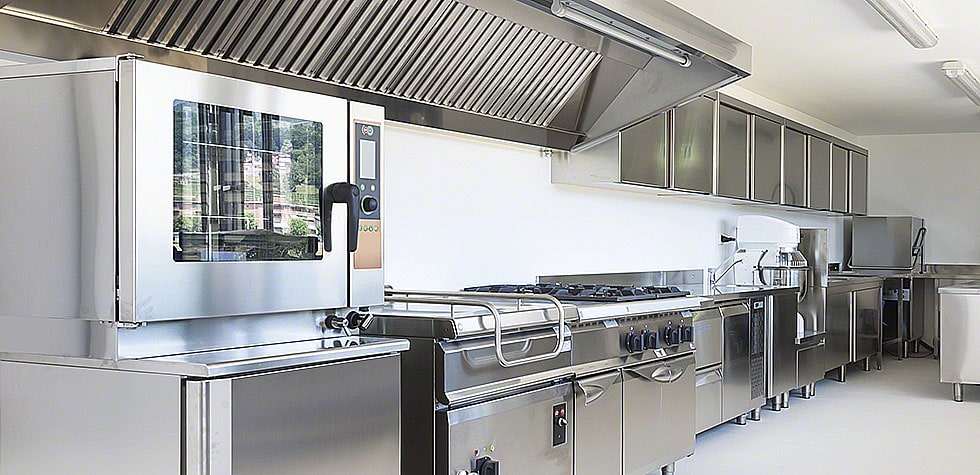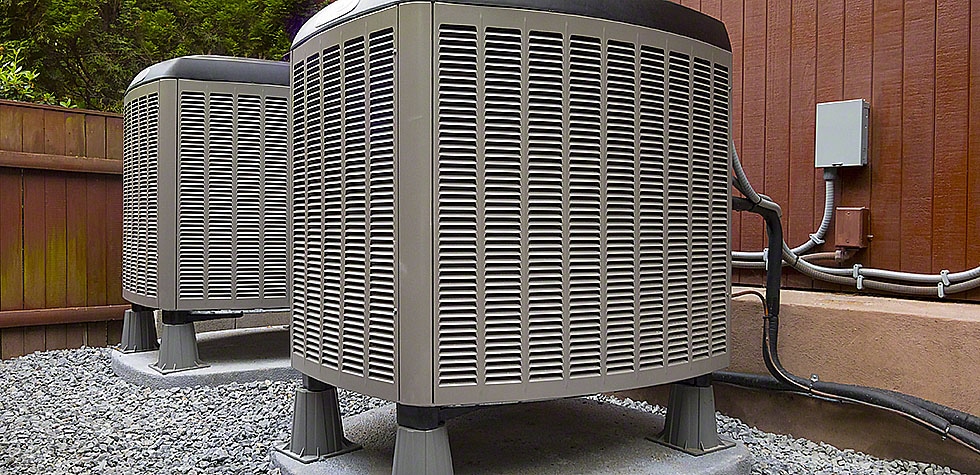During both extreme winter and summer seasons, we tend to use HVAC systems to keep the indoors comfortable. This means that your HVAC system is likely to use a lot of energy throughout the year. According to data, the energy consumption in homes in the US is up to 55% only for heating and cooling. So, it is obvious that HVAC usage is an integral part of our lives. But with that comes the need of HVAC repair services. After all, HVAC equipment often runs into problems.
Before getting into the details of HVAC systems, let us quickly look at their basics.
What is an HVAC unit?
Air conditioning is a term that is used very commonly. However, you may not have heard the term HVAC before. Simply put, this is an umbrella term that covers air conditioners, ventilation, and heating systems. In the summer season, we use air conditioners while in the winter season, we rely on heating equipment. However, the basic underlying principles that are used in all such equipment are the same. They all rely on thermodynamic laws.
The main components in all HVAC systems
All HVAC systems contain some primary components that work together to keep the indoors comfortable. So, in case your HVAC unit stops working or becomes faulty, the problem would be with one of these components.
Refrigerants
Refrigerant is also referred to as the working fluid of any HVAC unit. These fluids tend to absorb the heat from the indoors, as a result of which they cool it down. However, when these fluids work in the reverse order, they absorb heat from the outdoors to release it indoors. In other words, these fluids are primarily responsible for energy and heat transfer.
Today, modern HVAC units contain the R410A refrigerants. Other than that, R134 refrigerants are also used quite commonly. Other refrigerants such as R-12 and R-22 have now been ruled out due to their environmental effects such as emissions causing greenhouse effect.
Compressor
Next up, we have the compressor which is a part of the outdoor unit in HVAC systems. It compresses the refrigerant, converting it into liquid state. Otherwise, the refrigerant exists as in the gaseous state. In this step, the refrigerant becomes ready to exhaust the heat out.
Evaporator coil
These coils exist inside the evaporator, which is normally present in the indoor unit of air conditioners. The refrigerant flows through these units and absorbs the indoor heats as it passes through. Once the heat is removed, cool air circulates back in the house.
Ducts and vents
Next up, ducts and vents are used to ventilate the air and to transport it. This way, a central HVAC system can transport air throughout the building. Other components such as thermostats also work in conjunction. However, one can say that ducts and vents are primarily responsible for transportation of the air. A defect in the ducts and vents can significantly reduce the efficiency of your air conditioner.
Blower motor
The blower motor is responsible to pump the air through the ductwork and vents. It only comes into action when it gets a signal from the thermostat. On the other hand, thermostats are responsible for triggering the HVAC units on and off depending on the desired temperature.
Conclusion
Often at times, problems with thermostats can reduce the efficiency of your air conditioner. But such problems are not immediately obvious, and you will only notice them after getting an inspection. If you are having higher than usual energy bills, a faulty thermostat could be to blame.
However, it is not always easy to figure out which component is faulty. That is why you need the help of AC repair services Smithtown. So, what are you waiting for? Call a contractor today and get your air conditioner fixed.

